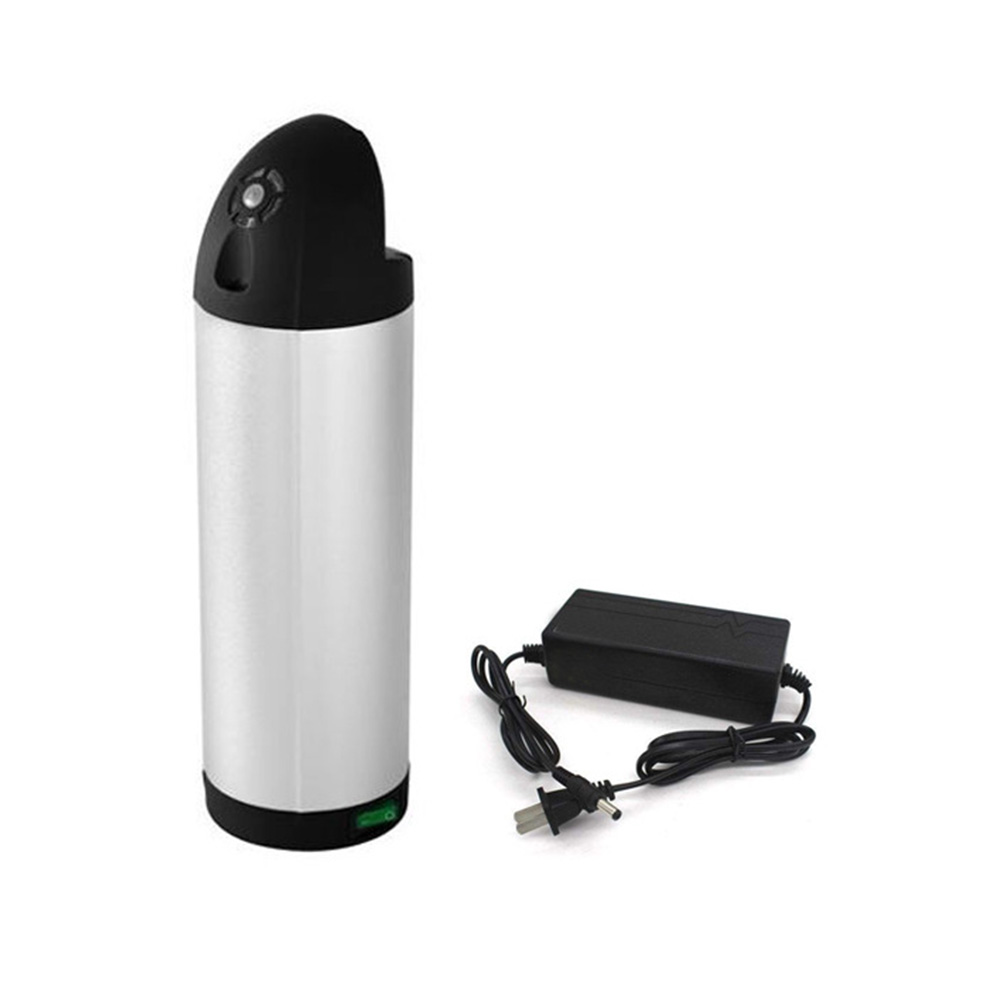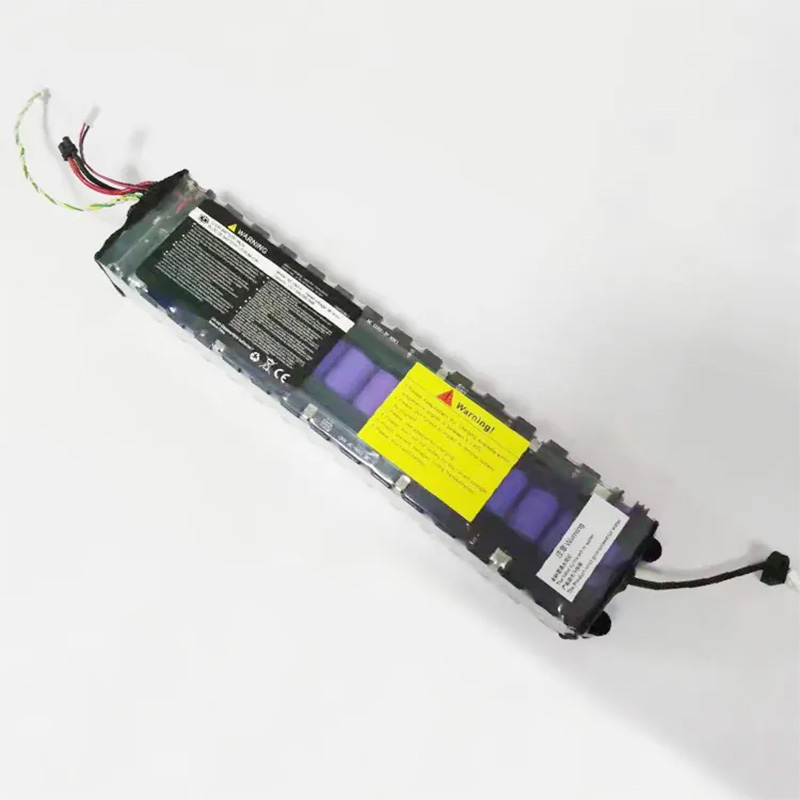Blog
Explore the Power of Lithium Innovation
Stay updated with the latest trends, technologies, and application insights in the world of lithium battery solutions
Search the whole station
Explore the Power of Lithium Innovation
Stay updated with the latest trends, technologies, and application insights in the world of lithium battery solutions
Electric bicycles are no longer a niche trend—they are becoming a mainstream mode of sustainable transport. As e-bike adoption grows, battery technology has been racing to keep up with rider expectations for longer range, faster charging, lighter weight, and improved safety. Today’s e-bike batteries are far more advanced than those of just a few years ago, with breakthroughs in chemistry, design, and management systems setting the stage for the next generation of innovation.
While lithium-ion remains the industry standard, researchers are pushing boundaries with new chemistries:
Though not yet mainstream, these advancements point to a future where e-bike batteries are safer, lighter, and far more efficient.
Modern e-bikes increasingly rely on intelligent battery management systems. These systems actively monitor temperature, charge levels, and performance in real time.
Benefits include:
Some advanced BMS setups also feature remote monitoring, GPS tracking, and anti-theft functions, offering riders both peace of mind and enhanced security.
Instead of relying on one large pack, modular systems break power storage into smaller, swappable units.
This approach not only improves range flexibility but also simplifies maintenance and replacement.
Battery capacity, measured in watt-hours (Wh) or amp-hours (Ah), directly impacts how far an e-bike can travel per charge. Higher capacity means longer rides but also adds weight, which can affect handling.
Range also depends on:
Finding the right balance between range and performance is key for riders who want efficiency without sacrificing maneuverability.
Charging technology is evolving alongside battery design.
Fast-charging capabilities are especially appealing for commuters who rely on their e-bikes daily.
Though modern e-bike batteries are generally safe, mishandling can lead to risks. Safety tips include:
Proper care ensures both safety and longer battery life.
Electric bicycle batteries have come a long way, and the journey is far from over. Emerging chemistries like lithium-sulfur and solid-state show great promise, while practical innovations such as smart BMS and modular designs are already improving the rider experience.
As demand for e-bikes grows, we can expect batteries to become even lighter, safer, and more powerful—helping cyclists enjoy longer rides, faster charging, and greater freedom on two wheels.
The future of e-bike batteries isn’t just about powering the ride—it’s about shaping the way we move.

High-performance 36V 10Ah water bottle lithium battery for electric bikes. Lightweight 3.5kg, fast charging in 1.5–2 hours, safe & durable with up to 500 cycles. Ideal for commuting and long rides.

Apsenx 33140 LiFePO4 battery cell (14500mAh, 3.2V). High capacity, long cycle life, safe chemistry. Ideal for ESS, EV, UPS, and solar storage.

Reliable 32700 LiFePO4 battery with 6000mAh capacity, 2000+ cycles, and advanced safety features. Perfect for EVs, solar storage, and backup power solutions.

Durable 36V 6600mAh electric scooter battery with 500+ cycles. High energy density, fast delivery, OEM/ODM customization. Perfect M365 replacement.
If your power tools, scooters, or RC builds stall or overheat, it’s probably your battery’s fault — here’s how I choose the right high discharge 18650 cells.
View detailsFrom flashlights to DIY battery packs, I’ve found Button Top 18650 batteries deliver the best contact, safety, and reliability — here’s how I pick and use them.
View detailsLearn how to build a DIY 18650 lithium battery pack with step-by-step guidance on cell selection, welding, insulation, and packaging. Apsenx offers custom battery solutions for energy storage, power tools, and medical devices.
View detailsLiPo batteries are lightweight, high-energy-density, and powerful. Widely used in drones, RC models, robots, and wearables—here’s a full guide on their advantages, applications, and custom value.
View details
HelloPlease log in